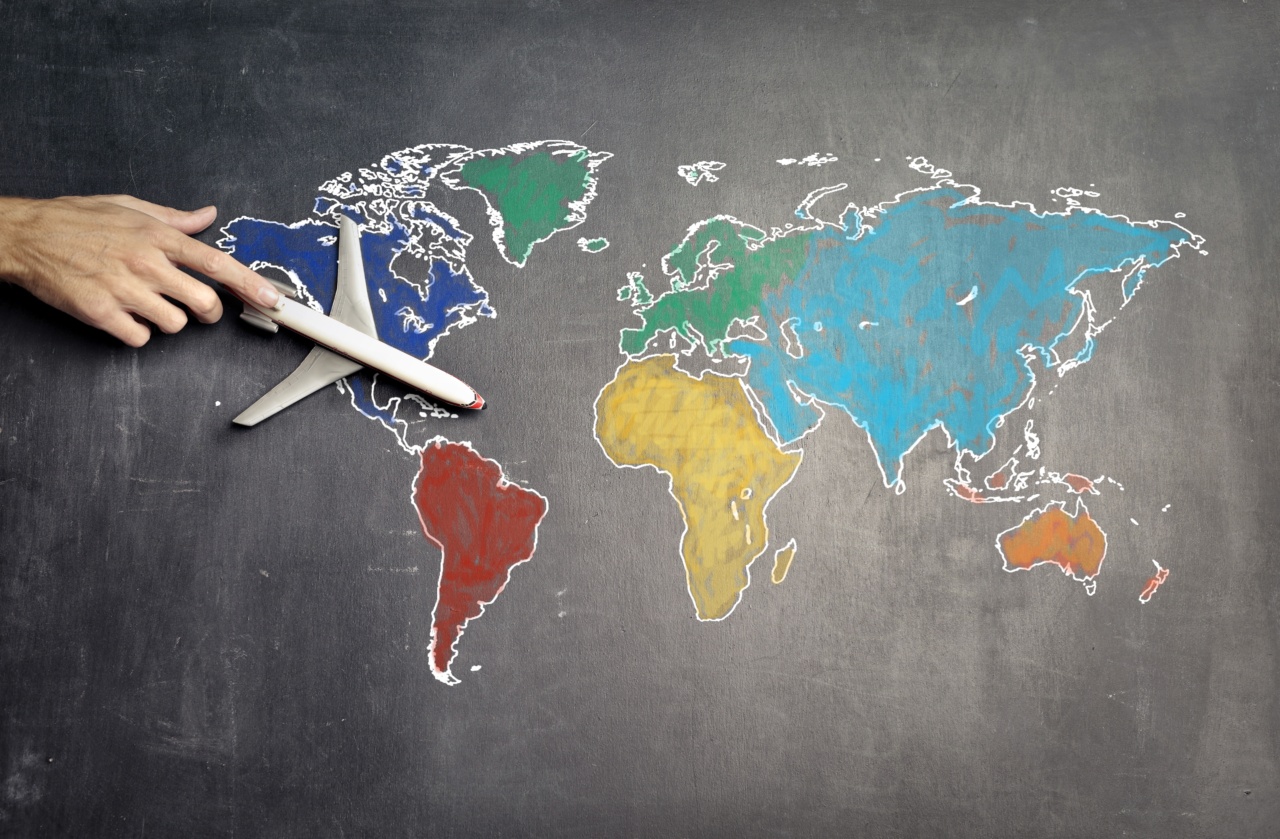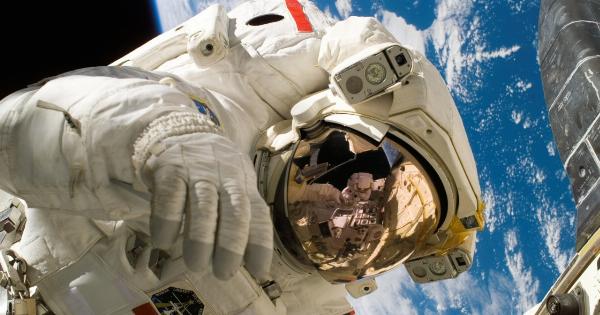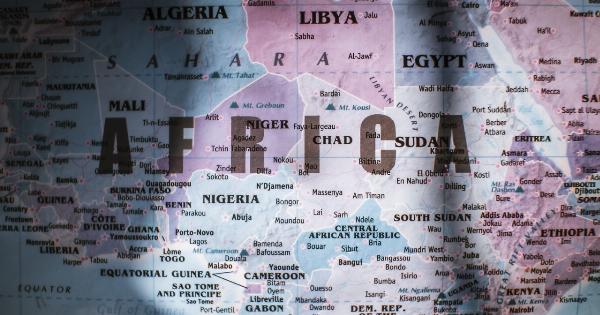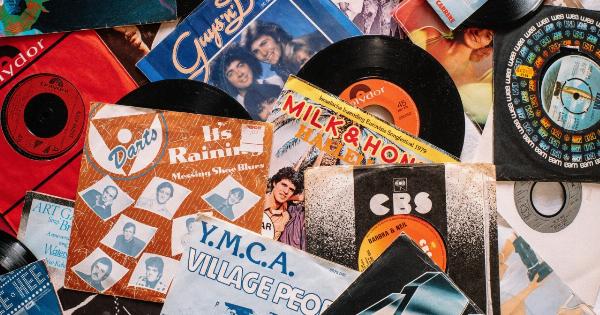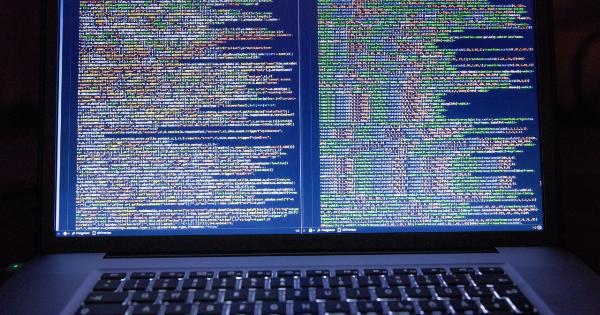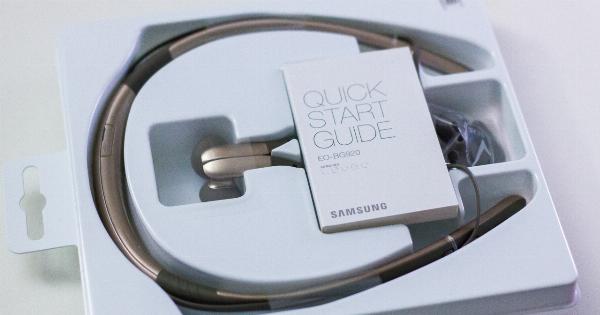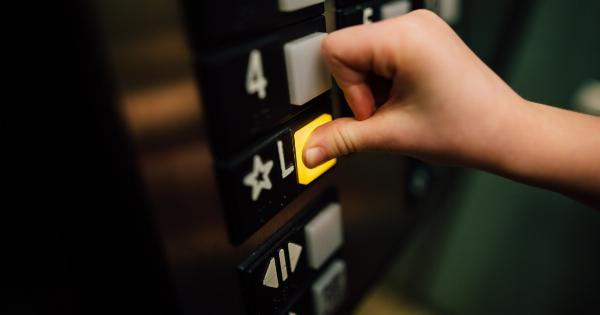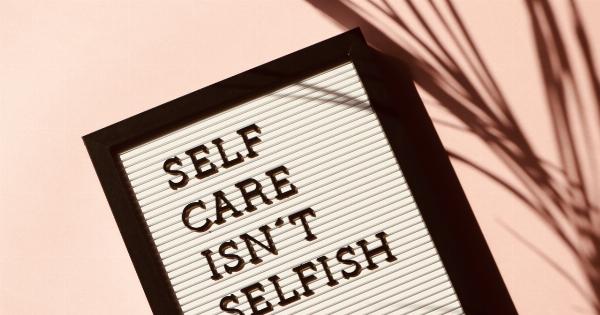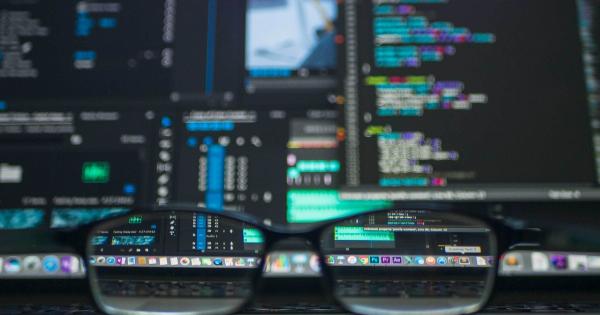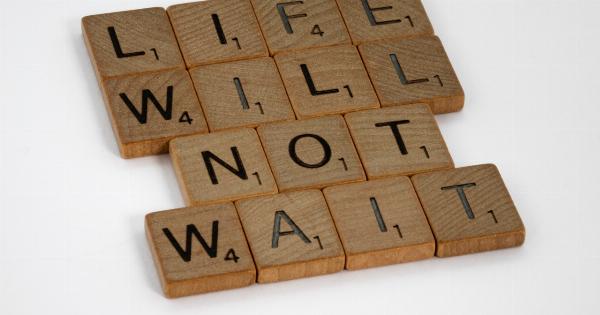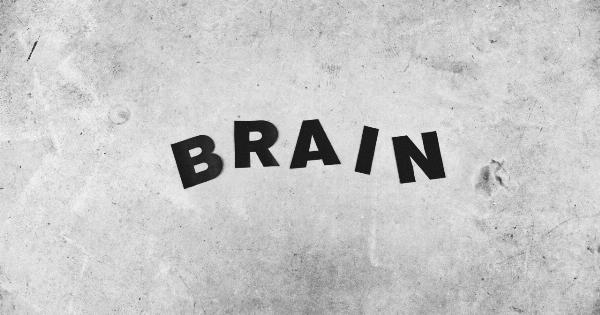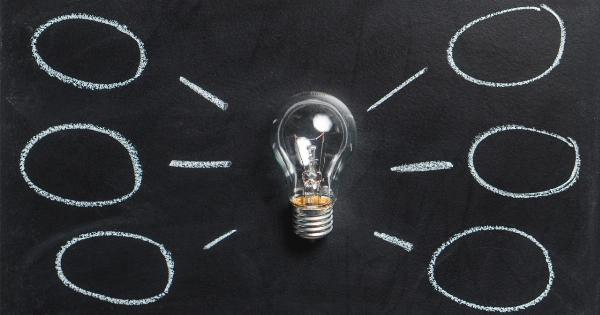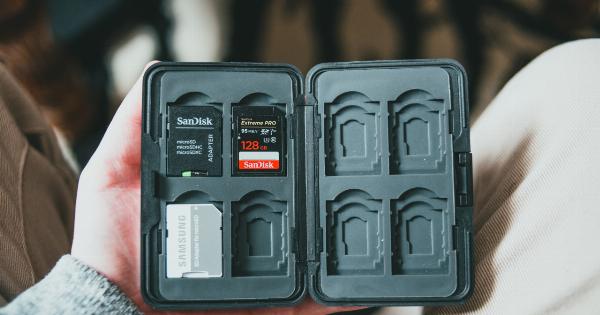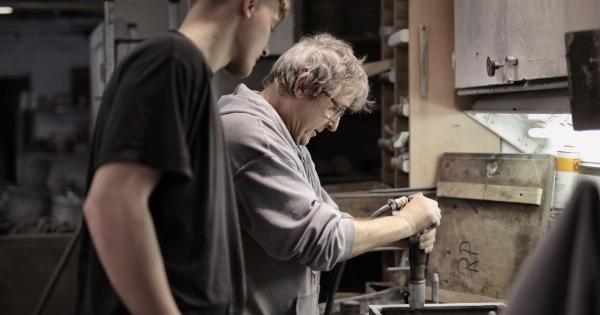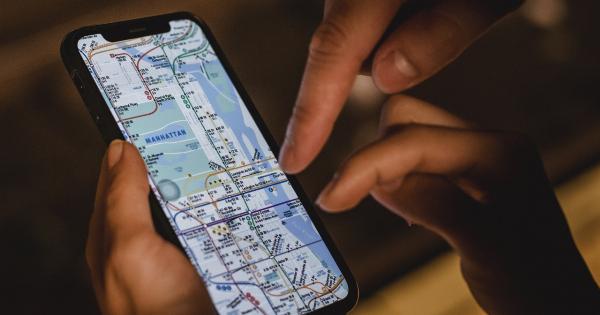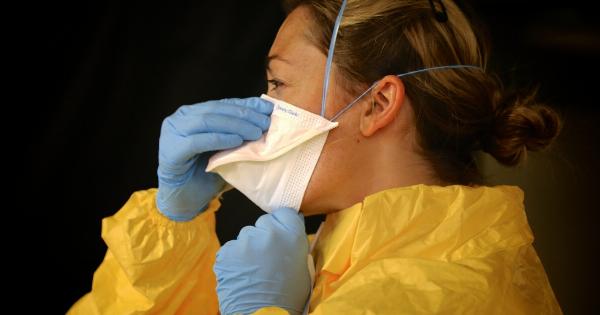Do you ever feel like you’re living in a chaotic world that’s difficult to comprehend or navigate? As we navigate through the complexities of our daily lives, it’s easy to lose sight of the fact that we are living in a moment, at a particular point in history. In order to better understand the current state of the world, we have to learn to map it. In this article, we will take a closer look at the art of mapping the present. We will cover what it is, why it’s important, and how to get started.
What Is Mapping the Present?
Mapping the present involves taking a bird’s-eye view of the world around us and creating a visual representation of the current state of affairs. Essentially, it’s a way of capturing the essence of now.
Mapping the present can be a powerful tool for gaining insight into what’s happening in the world. It can help us to see patterns and trends that might not be immediately obvious and to make sense of the complexity of the world we inhabit.
Why Is Mapping the Present Important?
Mapping the present is important for a number of reasons. Firstly, it can help us to gain a deeper understanding of the world around us.
By creating a visual representation of the present, we can see how different events and phenomena are interconnected and how they fit within a larger context. This can help us to identify important trends and shifts in the world and to anticipate how they might impact our lives in the future.
Secondly, mapping the present can help us to identify areas that require attention or intervention. By mapping out the current state of affairs, we can see where there are problems or areas of concern that need to be addressed.
This can be particularly helpful in identifying environmental or social issues that require urgent action.
Finally, mapping the present can be a powerful tool for planning and decision-making. By understanding the current state of the world, we can make more informed decisions about our own lives, as well as our businesses, governments, and communities.
By mapping out different scenarios, we can anticipate potential outcomes and make choices that are more likely to lead to positive results.
How to Map the Present
So, how do we go about mapping the present? There are a number of different techniques and tools that can be used, depending on what kind of information you’re looking to capture.
Mind Mapping
Mind mapping is a popular technique for organizing ideas and information in a way that’s easy to understand.
To create a mind map, you start with a central idea and then branch out to related ideas, connecting them with lines and arrows to show how they’re connected. This technique can be particularly helpful for mapping out complex systems or processes.
Data Visualization
Data visualization involves creating visual representations of data in order to identify patterns and trends. This can be done using charts, graphs, or maps, depending on the kind of data you’re working with.
This technique can be particularly helpful for identifying trends in economic or environmental data, for example.
Storytelling
Storytelling is a powerful way of capturing the essence of the present. By telling stories about what’s happening in the world, we can create a narrative that helps us to understand the current state of affairs.
This technique can be particularly helpful for capturing the human impact of events or for exploring cultural trends.
Synthesis
Synthesis involves taking a diverse range of information and distilling it down into a cohesive whole.
This technique can be particularly helpful for capturing the complexity of the world and for identifying the relationships between different phenomena. It can involve combining different forms of data, such as text, images, and video, to create a comprehensive picture of the current state of affairs.
How to Get Started
If you’re interested in exploring the present and mapping the world around you, there are a few things you can do to get started.
Identify Your Goal
The first step in mapping the present is to identify your goal.
What do you want to achieve by creating a map of the present? Are you looking to gain insight into a particular trend or phenomenon? Are you looking to identify areas that require attention or intervention? Are you looking to make more informed decisions about the future?.
Choose Your Technique
Once you’ve identified your goal, you can choose the technique that will work best for you. Would you like to use mind mapping, data visualization, storytelling, or synthesis?.
Gather Your Data
The next step is to gather the data you’ll need in order to create your map of the present. This might involve collecting economic data, environmental data, social data, or cultural data, depending on your goal and your chosen technique.
Create Your Map
Finally, you can start creating your map of the present. Depending on your chosen technique, this might involve creating a mind map, charts and graphs, a narrative, or a comprehensive synthesis of data.
Conclusion
Mapping the present can be a powerful tool for gaining insight into the current state of affairs and for making more informed decisions about the future.
By using techniques such as mind mapping, data visualization, storytelling, and synthesis, we can create visual representations of the world around us that help us to identify patterns, trends, and areas of concern. Whether you’re looking to gain insight into global economic trends, environmental issues, or cultural shifts, mapping the present can help you to better understand the world we inhabit.
